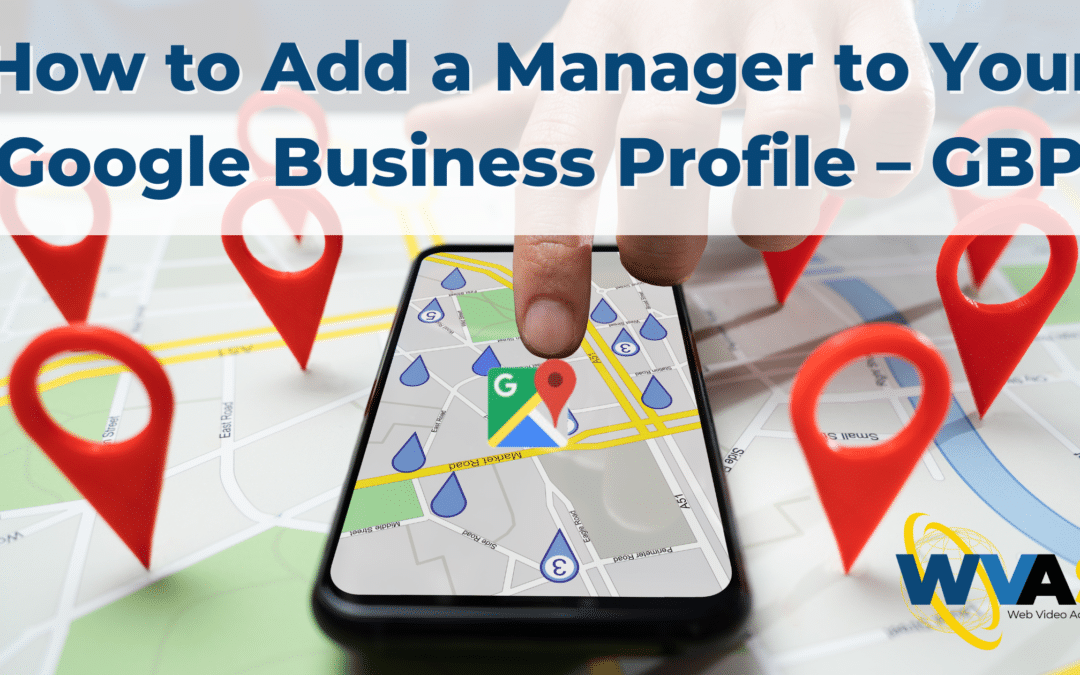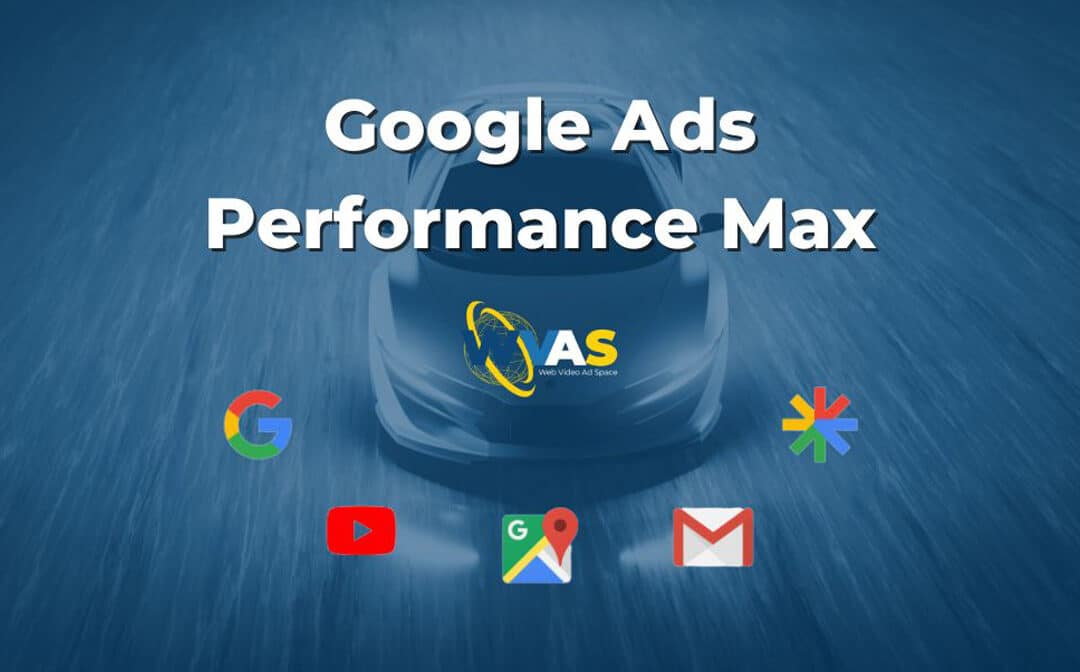
Unlocking Immediate Visibility for Service Businesses with Google Ads: A Game-Changer in Digital Marketing
In today’s fast-paced digital landscape, service businesses face the daunting challenge of capturing the attention of potential customers amidst fierce competition. With countless businesses vying for the coveted top spots on search engine results pages (SERPs), standing out from the crowd has become more difficult than ever. However, Google Ads presents a powerful solution to this problem, offering service businesses the opportunity to achieve immediate visibility and drive rapid results.
The Limitations of Organic Search Engine Optimization (SEO)

Understanding the Challenges of SEO
Before delving into the advantages of Google Ads, it’s essential to acknowledge the challenges associated with organic SEO. Many businesses rely on SEO as their primary strategy to improve visibility on search engines. While SEO is undoubtedly a crucial long-term approach, it comes with its own set of limitations.

The Time-Consuming Nature of SEO
One of the most significant drawbacks of organic SEO is the time it takes to yield substantial results. Search engines like Google employ complex algorithms to rank websites based on various factors, including relevance, authority, and user experience. Building a strong SEO foundation requires consistent effort, high-quality content creation, and link building over an extended period. This process can take months, or even years, to bear fruit, leaving service businesses struggling to gain traction in the short term.

Navigating the Ever-Evolving Landscape of Search Algorithms
Moreover, the ever-evolving nature of search engine algorithms adds another layer of complexity to organic SEO. Google regularly updates its ranking criteria, making it challenging for businesses to keep pace and maintain their hard-earned positions on SERPs. This uncertainty can be frustrating for service businesses that rely heavily on organic search traffic to generate leads and drive sales.
The Game-Changing Power of Google Ads

Instant Visibility: The Fast Track to Success
In contrast to the slow and unpredictable nature of organic SEO, Google Ads offers a fast track to visibility. By leveraging the power of paid advertising, service businesses can achieve immediate prominence on SERPs, putting their services in front of potential customers within minutes of launching a campaign.

How Google Ads Works
When a user searches for a keyword or phrase related to a business’s services on Google, their ad can appear at the top of the search results, above the organic listings. This prime placement ensures that the business is one of the first things potential customers see when searching for the services they offer. By crafting compelling ad copy and targeting the right keywords, service businesses can capture the attention of their target audience and encourage them to click through to their website.
The Benefits of Instant Visibility
Increased Website Traffic
Enhanced Brand Awareness
Faster Results and ROI
Gaining a Competitive Edge
Integrating Google Ads with SEO for Long-Term Success

The Importance of a Comprehensive Digital Marketing Strategy
While Google Ads offers the allure of immediate visibility, it’s important to recognize that it should be part of a comprehensive digital marketing strategy. Relying solely on paid advertising can be costly in the long run and may not provide the sustainable growth that service businesses seek.

Combining Google Ads with SEO Efforts
To achieve long-term success, it’s essential to combine Google Ads with ongoing SEO efforts. By investing in SEO alongside paid advertising campaigns, service businesses can work towards establishing a strong organic presence that complements their Google Ads initiatives. This dual approach ensures that businesses not only benefit from the instant visibility provided by Google Ads but also build a solid foundation for long-term organic search success.

Focusing on High-Quality, Relevant Content
SEO efforts should focus on creating high-quality, relevant content that addresses the needs and interests of the target audience. By consistently publishing valuable content and building authoritative backlinks, service businesses can gradually improve their organic search rankings and drive sustainable traffic to their websites. Over time, this organic traffic can supplement the leads and sales generated through Google Ads, creating a more balanced and resilient digital marketing strategy.

Leveraging Google Ads Insights for SEO Optimization
Moreover, the insights gained from Google Ads campaigns can inform and enhance SEO efforts. By analyzing the performance of ad copy, keywords, and landing pages, service businesses can identify what resonates with their target audience and apply those learnings to their organic search strategy. This data-driven approach ensures that SEO efforts are aligned with the proven success factors of Google Ads campaigns, maximizing the overall effectiveness of the digital marketing strategy.
Conclusion

Google Ads: The Key to Unlocking Immediate Online Visibility
In the battle for online visibility, Google Ads emerges as a powerful weapon for service businesses. By offering immediate prominence on search engine results pages, Google Ads allows businesses to put their services in front of potential customers quickly, driving leads and sales in a matter of days. This instant visibility is a game-changer for businesses operating in competitive industries, providing a fast track to success that organic SEO alone cannot match.
Balancing Google Ads with SEO for Sustainable Growth
However, while Google Ads offers rapid results, it should not be viewed as a standalone solution. To achieve long-term success, service businesses must combine Google Ads with ongoing SEO efforts. By investing in both paid advertising and organic search optimization, businesses can establish a strong online presence that drives sustainable growth and withstands the test of time.
Embracing the Power of Google Ads for Service Business Success
In today’s fast-paced digital landscape, service businesses cannot afford to rely solely on organic SEO and wait months or years for results. Google Ads provides the immediate visibility and competitive edge needed to thrive in this challenging environment. By embracing the power of Google Ads and integrating it with a comprehensive SEO strategy, service businesses can unlock the full potential of digital marketing and watch their operations soar to new heights.































